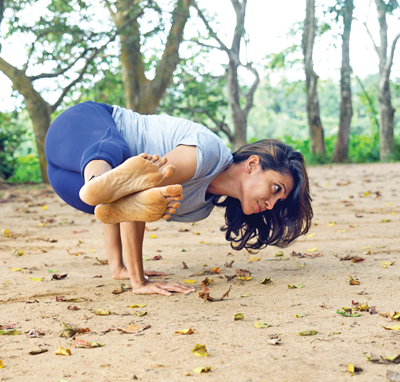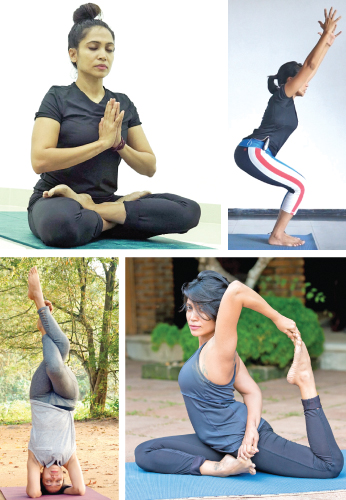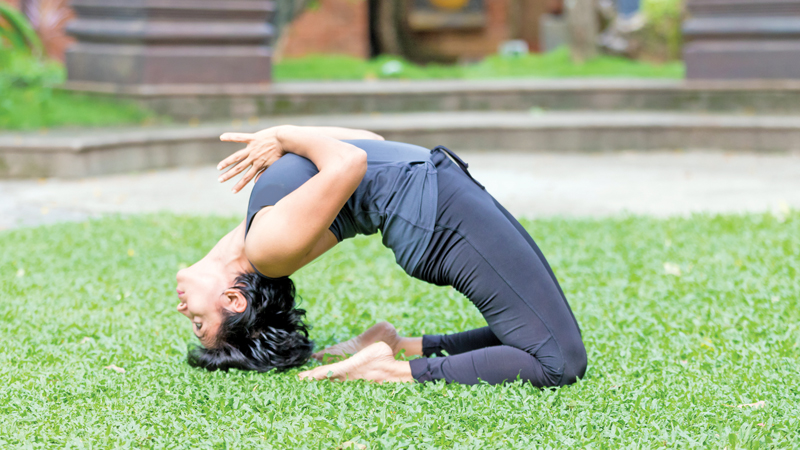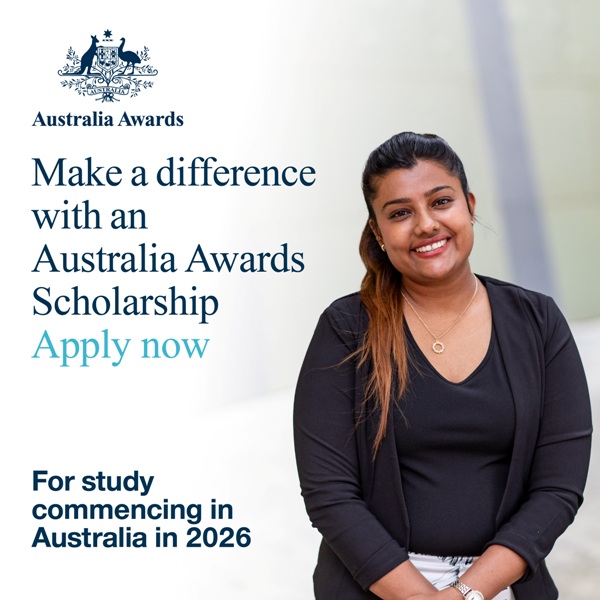 In the bustling world of media, where headlines flash and cameras roll, Dr. Miyuru Jayaweera found herself on a different path—one that led her away from the glare of studio lights and into the tranquil embrace of yoga. Once a prominent newsreader and media personality, Dr. Jayaweera’s life took a transformative turn, steering her towards inner peace and holistic well-being. As the founder of Myrus Colombo Centre, she now dedicates her life to guiding others on their own journeys of healing and self-discovery.
In the bustling world of media, where headlines flash and cameras roll, Dr. Miyuru Jayaweera found herself on a different path—one that led her away from the glare of studio lights and into the tranquil embrace of yoga. Once a prominent newsreader and media personality, Dr. Jayaweera’s life took a transformative turn, steering her towards inner peace and holistic well-being. As the founder of Myrus Colombo Centre, she now dedicates her life to guiding others on their own journeys of healing and self-discovery.
Q: What initially drew you to yoga and how did your journey unfold?
 A: I started my professional life as a newsreader on a leading English television channel and spent 20 years in media. Despite my outgoing role, I was actually an introvert with very low self-esteem, shaped by the trauma of growing up in a war-torn country. I was a performer, involved in dancing, stage plays, and presenting. Performing gave me a dopamine rush, a sense of accomplishment, and a way to show others what I could do.
A: I started my professional life as a newsreader on a leading English television channel and spent 20 years in media. Despite my outgoing role, I was actually an introvert with very low self-esteem, shaped by the trauma of growing up in a war-torn country. I was a performer, involved in dancing, stage plays, and presenting. Performing gave me a dopamine rush, a sense of accomplishment, and a way to show others what I could do.
However, my journey evolved into a path of self-discovery and healing. Through yoga, I overcame my low self-esteem and found a sense of accomplishment that went beyond performing for others. It transformed me from a party-loving extrovert to someone who values calmness, self-reflection, and inner peace.
My journey into yoga began as a form of performance. Being physically active, I took naturally to challenging poses (asanas) like inversions and arm balances. The real shift happened after a deeply personal betrayal that left me in a state of depression and crushed my core; it was a gut-wrenching moment. During this low point, a friend recommended I take a yoga teacher training course with a visiting teacher from Australia, who was a first-generation student of B.K.S. Iyengar.
Q: What led you to switch from media to teaching yoga?
A: Yoga brought more joy and peace into my life compared to the stressful and competitive environment of media. The corporate world’s backstabbing and mudslinging were replaced by a calm and self-satisfying practice. The transition was fuelled by the need for personal healing and the discovery of the fulfilling, lucrative potential of teaching yoga. Happy hormones like dopamine and serotonin came flooding in when I shifted my career.
 Q: Can you share some insights about your yoga training in India? What was the most impactful lesson you learned during that time?
Q: Can you share some insights about your yoga training in India? What was the most impactful lesson you learned during that time?
A: Training in India has been pivotal in my yoga journey. I studied under many Indian teachers, both online and in-person, learning medical yoga, Ayurveda nutrition, and various styles of yoga.
The most impactful lesson was the holistic approach to yoga as a way to heal psychosomatic issues and maintain overall health. My Indian teachers, such as Dr. Bhavana Bingare and Dr. Ramesh Shetty, taught me the importance of integrating mind and body practices, which I now incorporate into my teaching. I also learned pregnancy yoga from Dr. Bingare and have insights into addressing menstruation and post-menopause issues through yoga.
I am an internationally certified teacher from the International World Yoga Alliance in the USA. I never prepare for classes; I look at the crowd and decide what I should do, blending what is better for the group in front of me. I decide the sequences on the spot and do not rely on notebooks.
Q: Do you view yoga as more mental or physical, or is it a blend of both?
A: Yoga is definitely a blend of both. We use the physical body to reach and heal the mind. It starts with the physical practice of asanas, then incorporates breathwork (pranayama) to influence brain chemistry, and ultimately moves towards mental focus and meditation. It becomes a way of life, balancing hormones and aiding in healing.
 My philosophy of yoga centres on the concepts of Swadhyaya (self-study) and Tapas (discipline). I believe in constantly reflecting on my actions and thoughts to align with a conscientious and pure life. Yoga, for me, is a blend of mental and physical practices. It starts with asanas (postures) and progresses to breathwork and meditation, ultimately becoming a way of life. Yoga is not just about physical exercise; it is a comprehensive approach to achieving mental clarity, emotional stability, and spiritual growth.
My philosophy of yoga centres on the concepts of Swadhyaya (self-study) and Tapas (discipline). I believe in constantly reflecting on my actions and thoughts to align with a conscientious and pure life. Yoga, for me, is a blend of mental and physical practices. It starts with asanas (postures) and progresses to breathwork and meditation, ultimately becoming a way of life. Yoga is not just about physical exercise; it is a comprehensive approach to achieving mental clarity, emotional stability, and spiritual growth.
Q: How has your daily yoga practice evolved over the past 15 years?
A: Initially, my practice focused on asanas and physical accomplishments. Over time, it incorporated more breathwork and mental focus. Nowadays, I rarely do asanas; instead, I practice calisthenics for physical strength and focus on spiritual practices like Swadhyaya and Bhakti yoga. This shift reflects my journey from seeking external validation to achieving internal balance and spiritual connection.
Q: What does your teaching emphasise besides asanas?
A: I emphasise pranayama (breathing exercises), meditation, and holistic healing. I incorporate medical yoga techniques for conditions like high blood pressure, diabetes, and psychosomatic issues. I also teach yoga for women’s health, covering everything from menstrual issues to post-menopausal care. My classes are designed to be healing and transformative, blending traditional and modern approaches.
Q: Can you share any breakthrough moments or significant milestones in your journey?
A: Every day brings breakthroughs, whether it’s a student thanking me for helping them heal from a chronic condition or providing emotional support during difficult times. I am just the messenger, but it is yoga that heals them. The Myrus studio has immense powers, and I feel them. Coming here is healing. Mothers who have lost their children to cancer come to me. They can go anywhere, but they come here because there is a healing power.
My biggest milestone is the expansion of Myra’s Yoga, which now has multiple locations and a team of dedicated teachers who embody my teaching style and philosophy. Seeing my teachers thrive and help others is incredibly rewarding.
Q: How do you see the practice of yoga evolving in the next decade?
A: The practice of Yoga is going to boom. As the digital age advances, more people are seeking alternative therapies like Yoga and wellness. In the future, I believe children will aspire to become Yoga teachers or healers, reflecting the growing recognition of the importance of holistic health.









